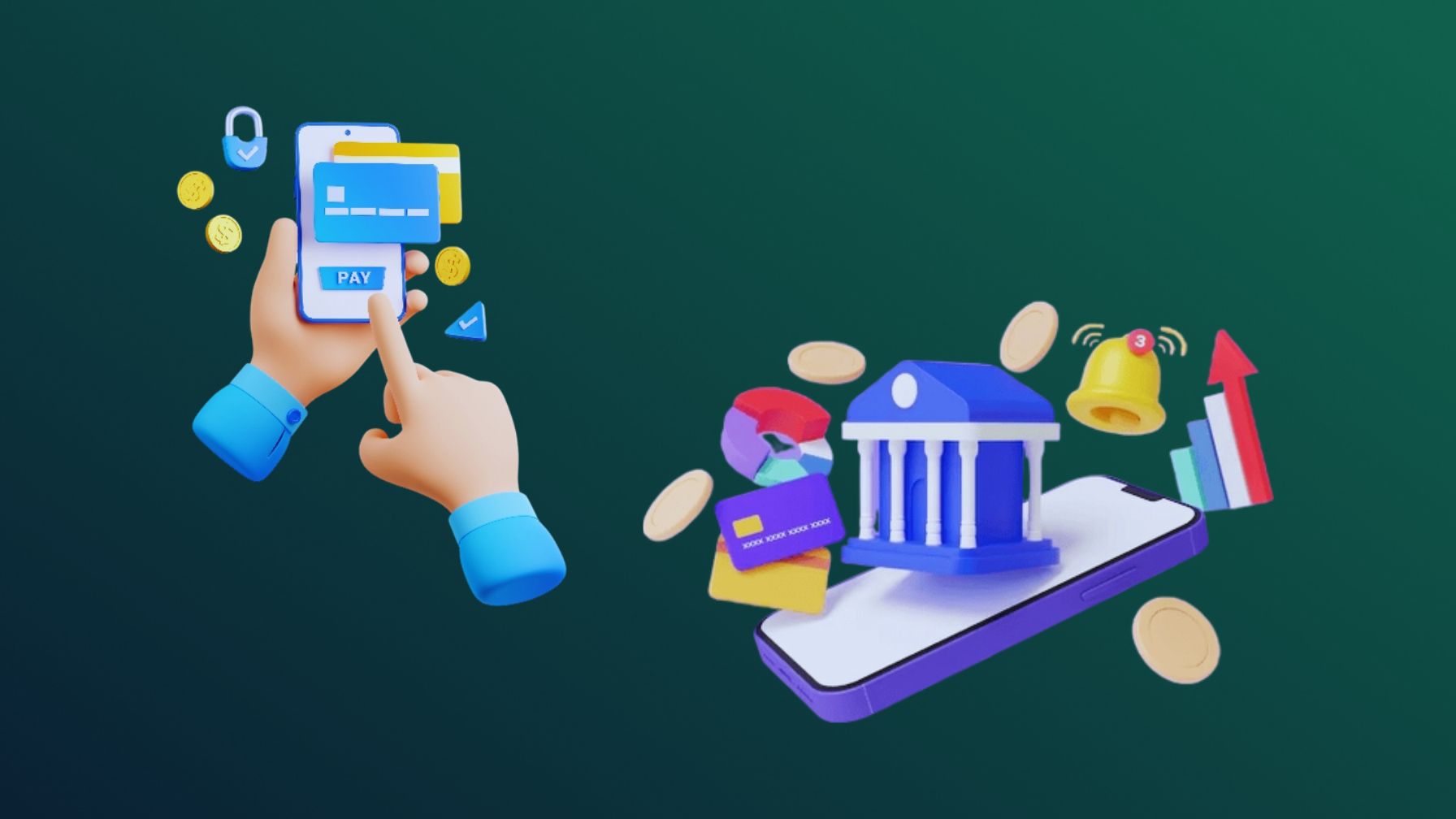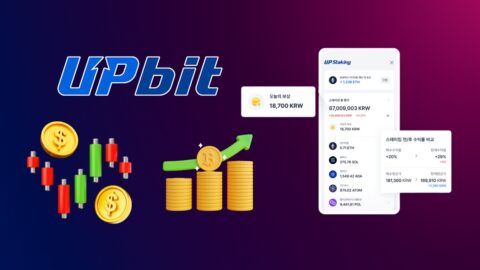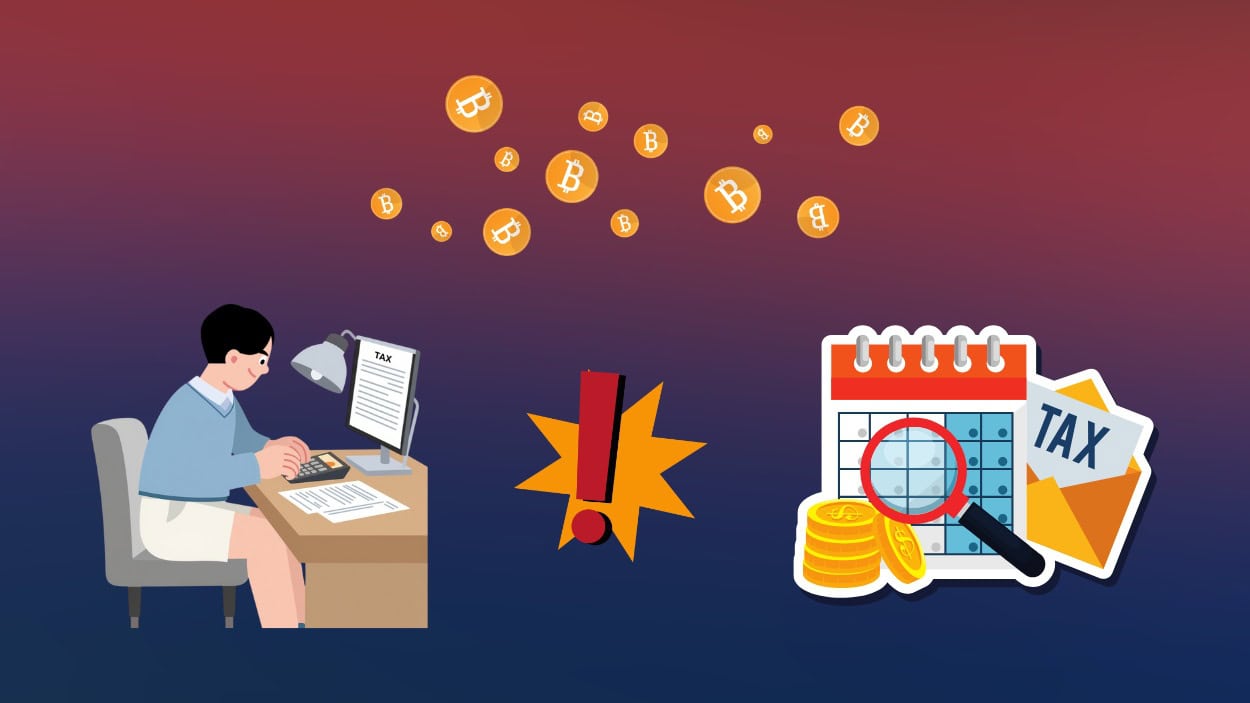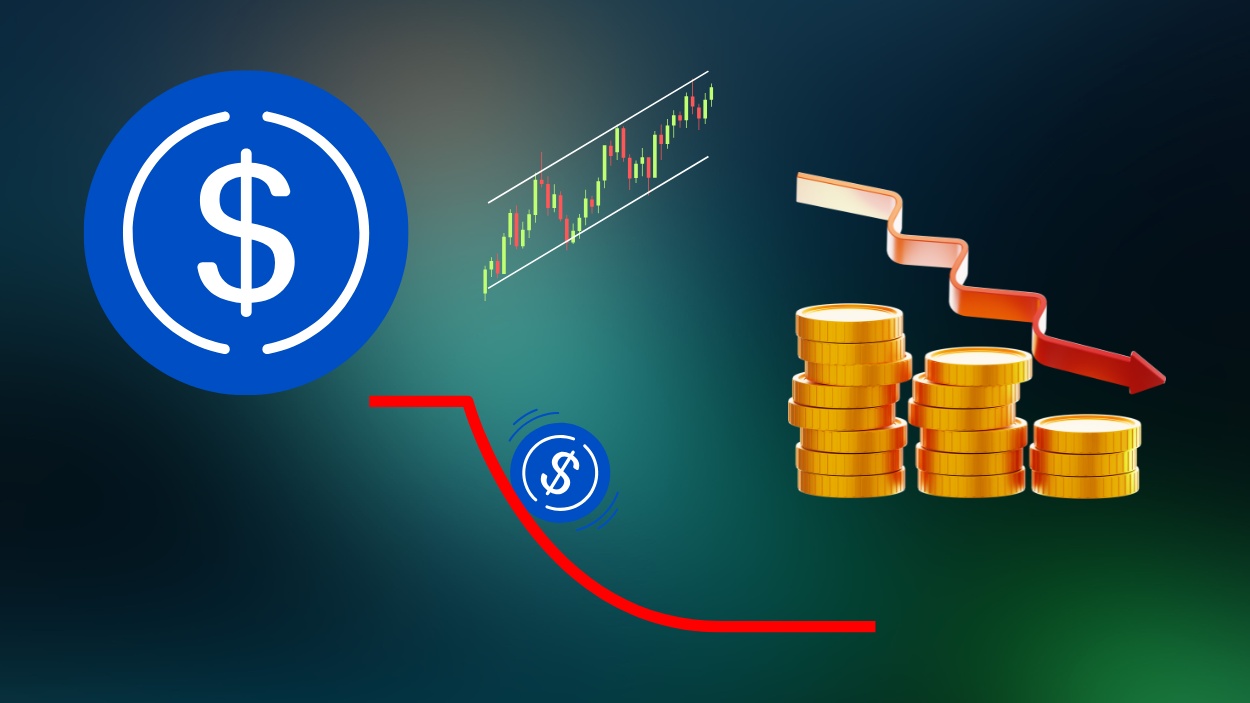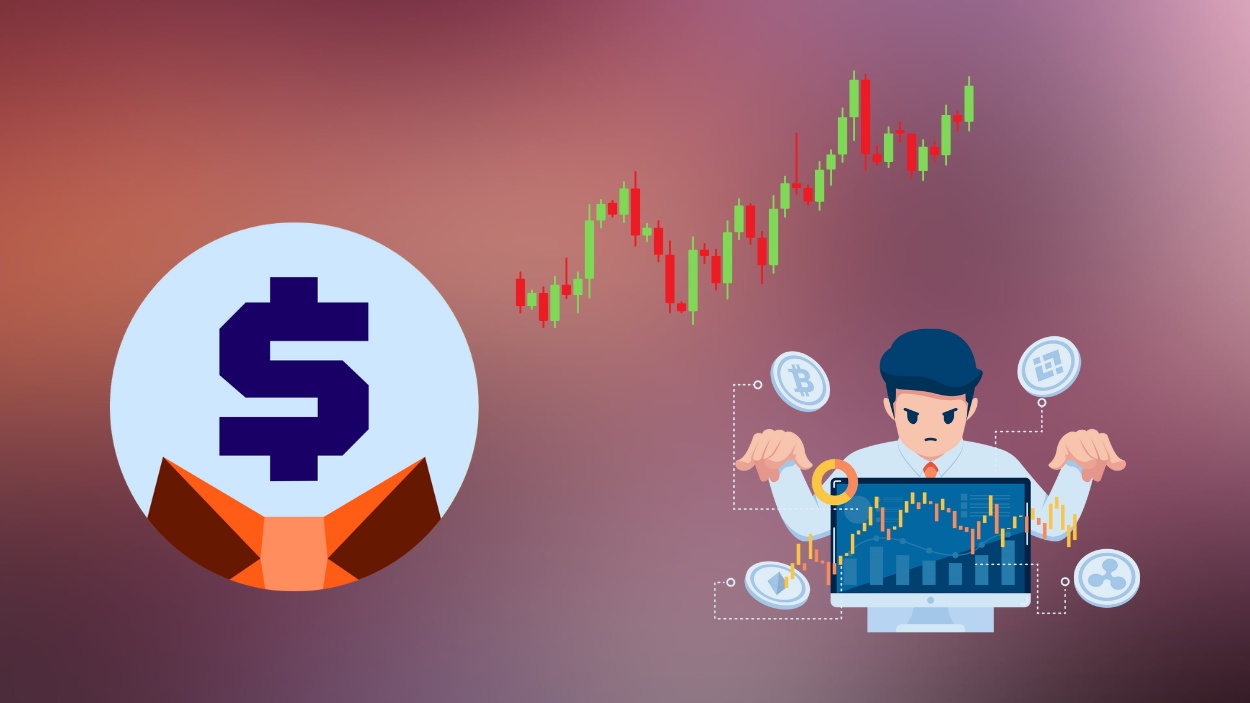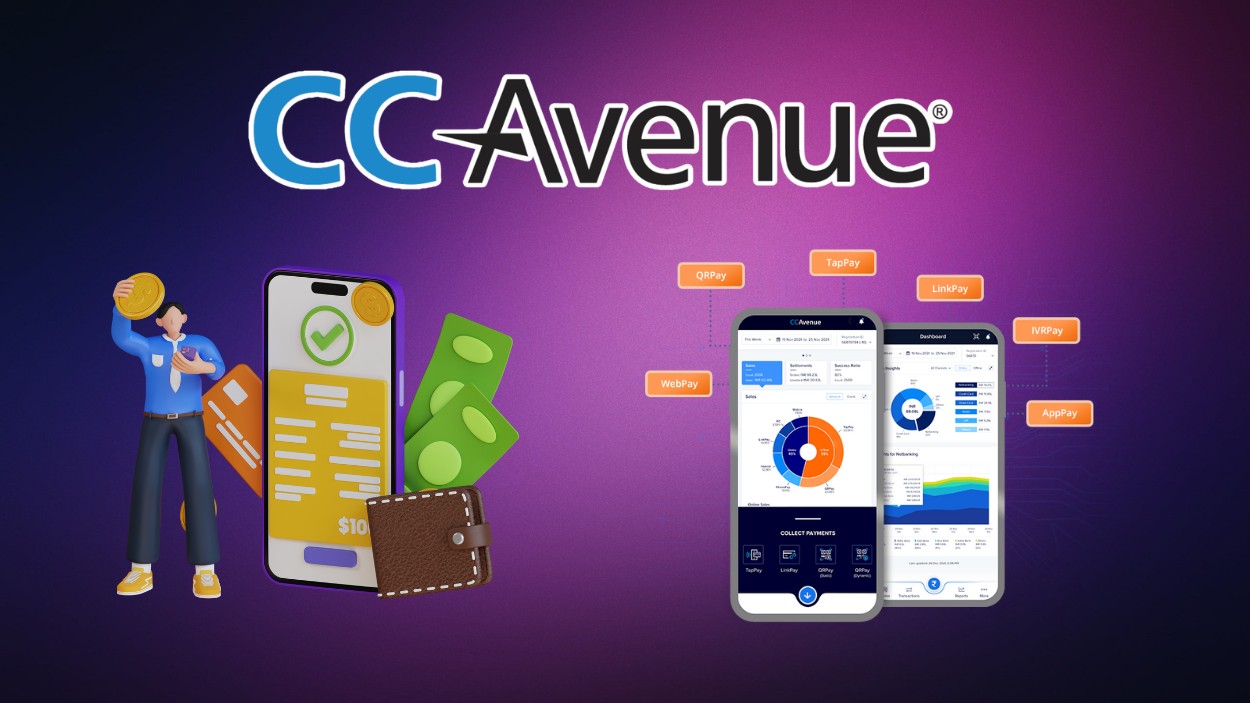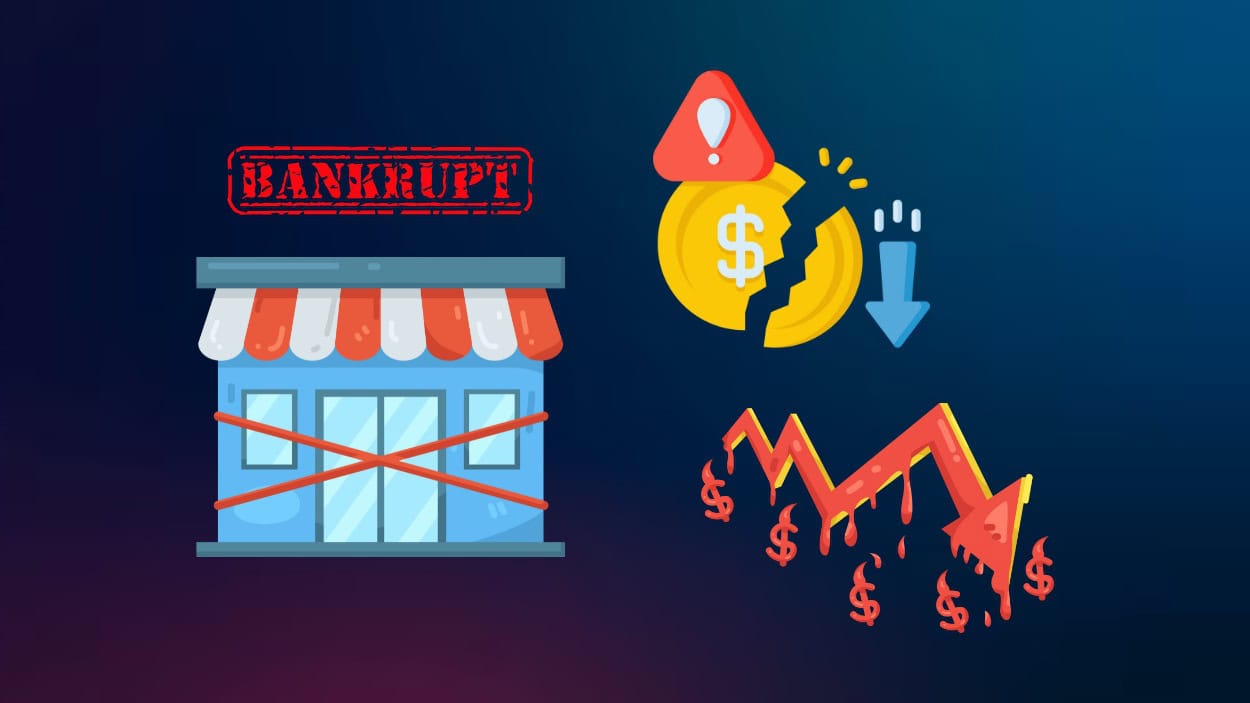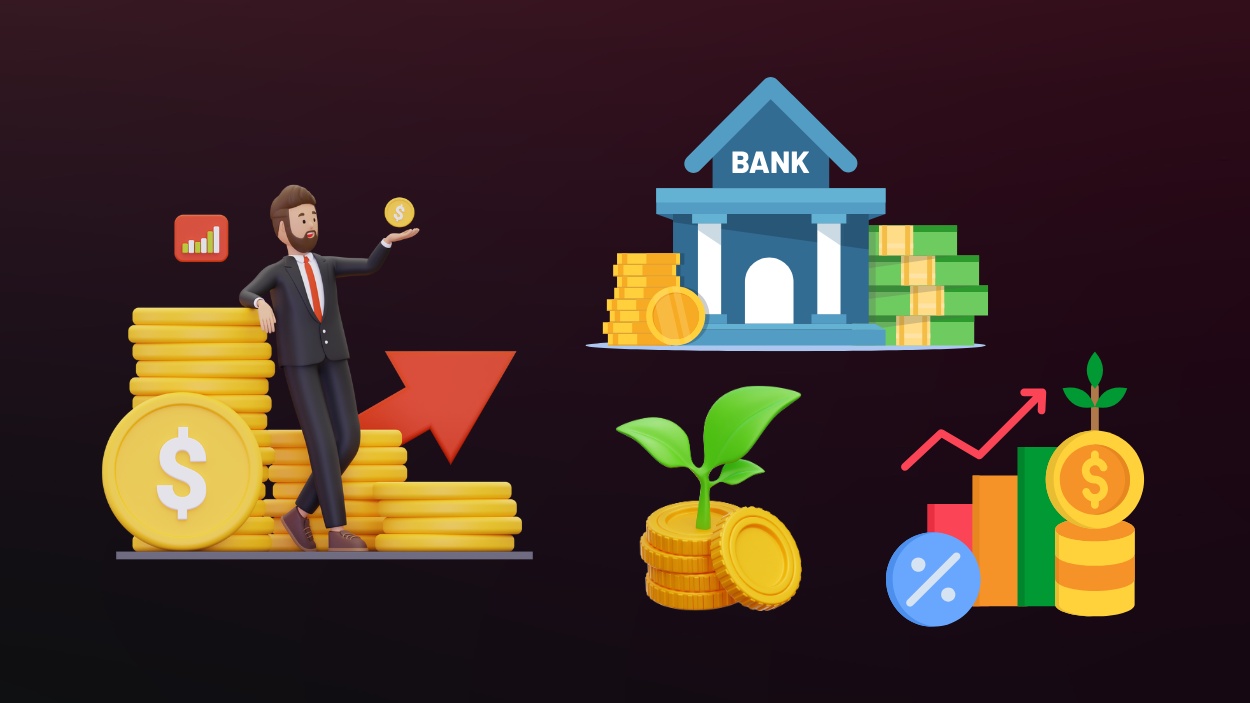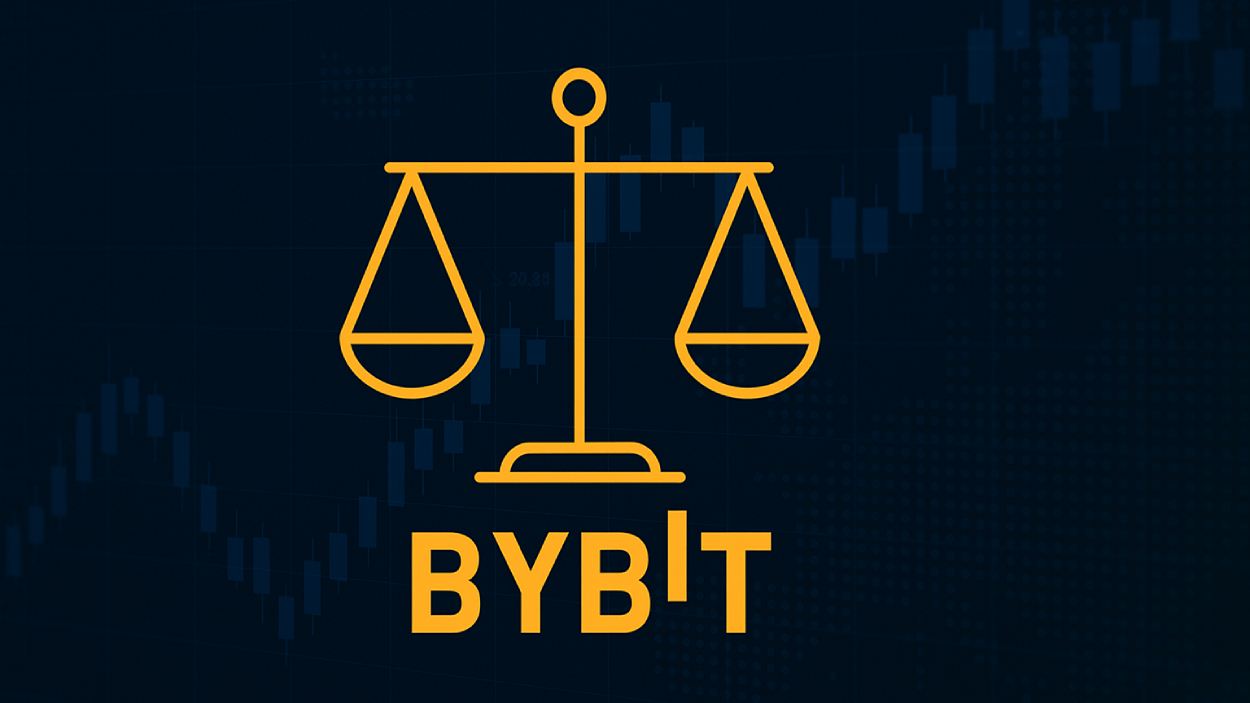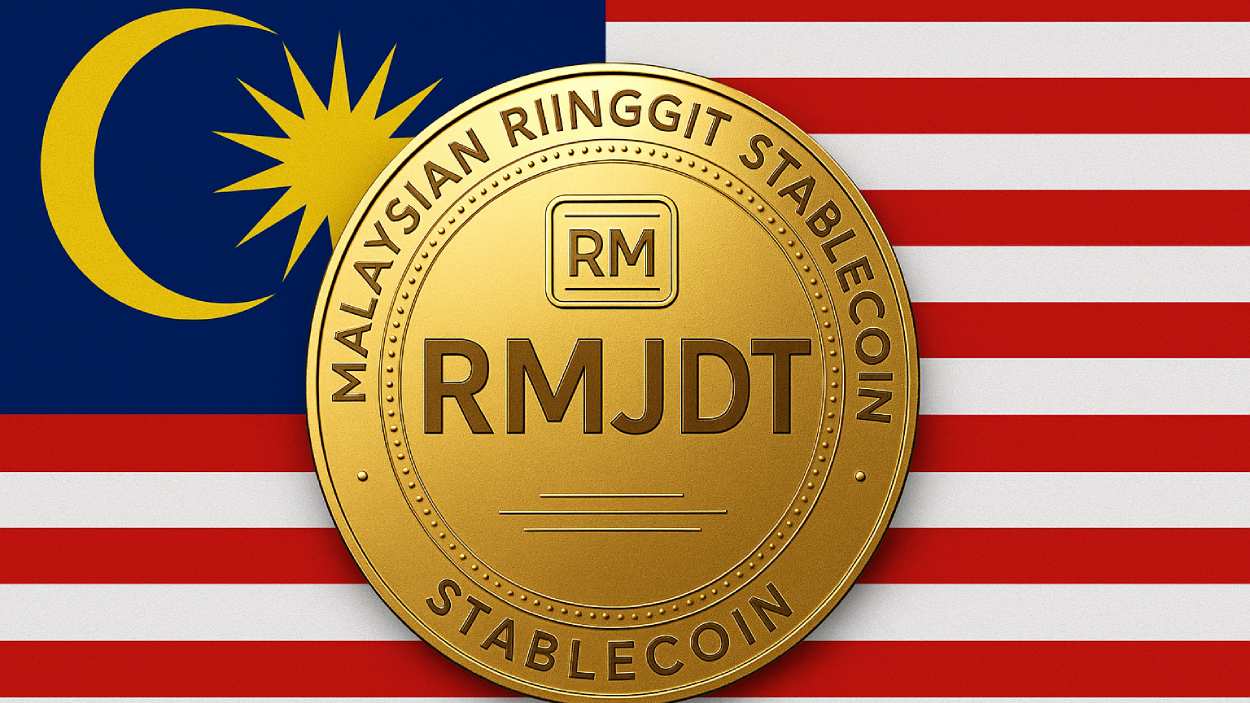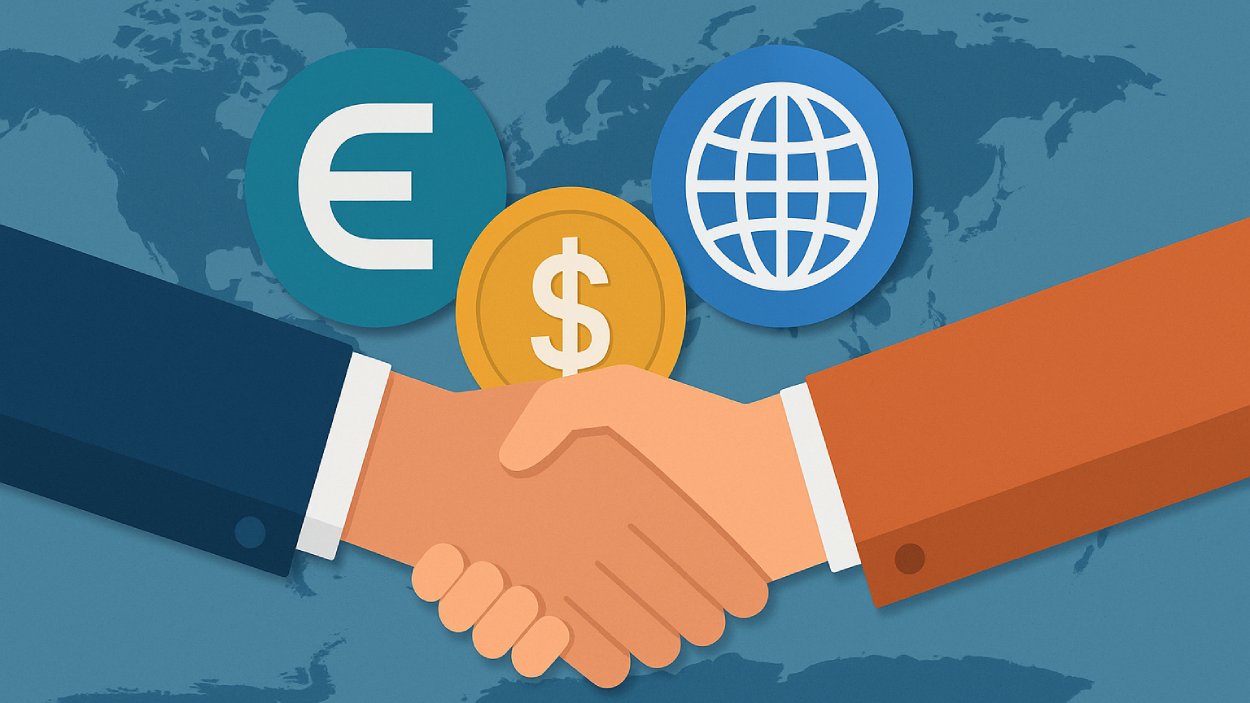Mobile banking is transforming how we manage our finances, becoming an essential part of daily life. In the past decade, the way people interact with their banks has shifted drastically, from long queues at brick-and-mortar branches to the convenience of managing accounts right from their smartphones. As mobile banking continues to evolve, it not only offers convenience and speed but also opens up new financial opportunities for millions across the globe. In this article, we explore the key statistics that show how mobile banking is shaping the future of finance, from its adoption to the challenges it still faces.
Editor’s Choice: Key Milestones in Mobile Banking
- 2.17 billion people globally used mobile banking services by the end of 2025, marking a 35% increase since 2020, driven by rising smartphone usage and fintech accessibility in emerging markets.
- As of 2025, 72% of US adults report using mobile banking apps, up from 65% in 2022 and 52% in 2019, showcasing continued mainstream adoption across age groups.
- 68% of millennials now primarily use mobile banking apps in 2025, solidifying the generational shift toward digital-first banking and reducing dependency on physical bank visits.
- Mobile banking penetration in Europe hit 76% in 2025, with countries like Norway, Denmark, and Sweden reporting usage rates exceeding 87%, reflecting Europe’s digital finance maturity.
- China remains the largest mobile banking market, with over 860 million active users in 2025, powered by platforms like WeBank, Alipay, and ICBC’s mobile app.
- Asia-Pacific’s mobile banking transaction volume grew by 34% in 2025, driven by a surge in e-commerce, QR-based payments, and real-time settlement platforms like UPI and PromptPay.
- By the end of 2025, 89% of banks globally will have launched mobile banking apps, as financial institutions continue embracing digital-first service delivery models to meet evolving customer expectations.
Global Leaders in Mobile Banking Adoption
- Turkey leads the world with a remarkable 85% of its population using mobile banking services.
- Nigeria follows closely with 82%, showcasing the country’s rapid digital banking transformation.
- Both South Korea and Brazil have an equal mobile banking penetration of 76%, highlighting strong adoption in Asia and South America, respectively.
- The United Kingdom reports 65% mobile banking usage, indicating steady growth in digital financial services.
- The United States, while a tech giant, shows a comparatively lower adoption rate at 58%, suggesting room for growth in mobile banking.
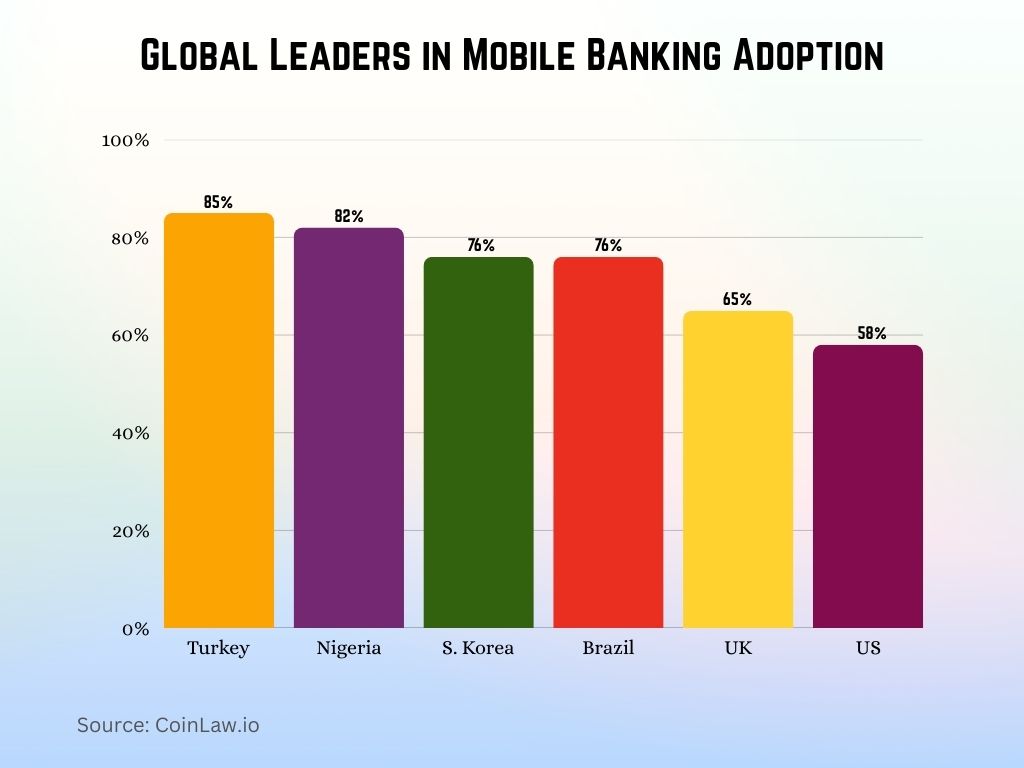
Global Mobile Banking Usage Statistics
- As of 2025, 66% of the global population has access to mobile banking, with the fastest growth seen in India, Nigeria, and Bangladesh, due to smartphone affordability and fintech innovation.
- North America’s mobile banking penetration reached 61% in 2025, up from 58% in 2023, driven by widespread 5G coverage, AI-powered apps, and embedded finance in non-bank platforms.
- Mobile payments now account for 49% of all digital banking transactions globally in 2025, reflecting a clear consumer shift toward mobile-first financial experiences.
- In Latin America, mobile banking users increased by 46% from 2021 to 2025, with Brazil, Mexico, and Colombia leading adoption through digital wallets and instant payment schemes.
- The Middle East and Africa region posted a 74% year-over-year growth in mobile banking adoption from 2023 to 2025, driven by financial inclusion campaigns, fintech partnerships, and growing smartphone penetration.
- Europe continues to be a mobile banking leader, with over 69% of the population in countries like Germany, the UK, and France actively using mobile platforms for payments, savings, and loans.
- Southeast Asia saw mobile banking usage grow by 56% by 2025, with Indonesia, Vietnam, and the Philippines seeing strong traction in QR payments, super apps, and neobank usage.
Mobile Banking Adoption by Demographics
- 80% of millennials in the US reported using mobile banking as their primary way of managing finances, compared to just 30% of baby boomers.
- Gen Z is quickly catching up, with 72% of those aged 18-24 actively using mobile banking apps, making them the fastest-growing user segment.
- Among baby boomers, mobile banking usage has doubled from 15% in 2018 to 30%, highlighting a growing comfort with digital platforms in older generations.
- Women are adopting mobile banking at a faster rate than men in several regions, with 55% of female users in Asia and 45% in Africa reporting mobile banking usage.
- 60% of urban populations globally now use mobile banking services, with metropolitan areas in China and India seeing the fastest growth in user numbers.
- 40% of mobile banking users in the US are between the ages of 25 and 34 (older millennials), making them the largest demographic group actively using these services.
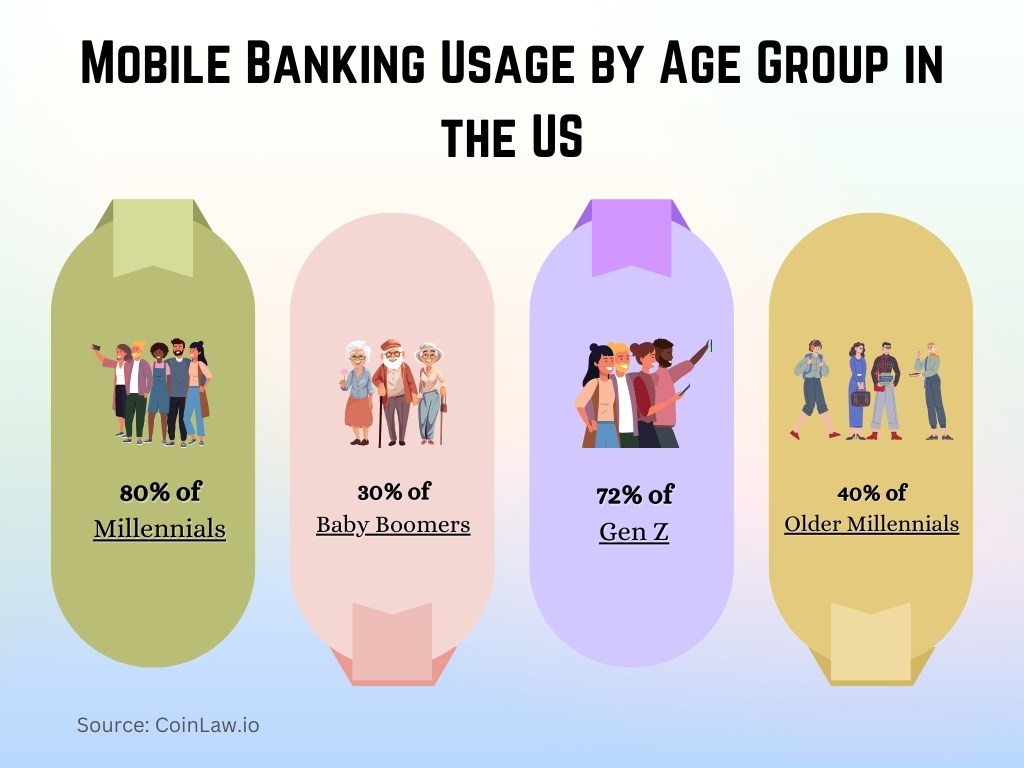
Mobile Banking vs. Traditional Banking
- As of 2025, 64% of US adults now prefer mobile banking over traditional methods like visiting branches, up from 58% in 2023 and 37% in 2019, showing a steady digital shift.
- Banking app downloads in the US increased by 22% in 2025, driven by demand for instant payments, budgeting tools, and investment features, despite already high adoption levels.
- Traditional bank branch visits dropped by 51% in 2025, while mobile banking transactions surged by 67%, reinforcing the widespread pivot to digital-first banking behavior.
- 92% of millennials now use mobile banking as their primary method, while just 22% of individuals aged 55+ continue to favor traditional banks, highlighting a deepening generational divide.
- Mobile banking fees remain 45–55% lower than those of traditional banks in 2025, due to reduced overhead costs and the rise of fee-free neobank services.
- In Europe, 74% of all financial transactions were processed via mobile platforms in 2025, up from 70% in 2023, reflecting the continued dominance of digital channels across the region.
- The average transaction time on mobile platforms in 2025 is now 68% faster than completing the same service at a physical branch, thanks to improvements in UX, real-time verification, and AI-powered support.
Revenue and Market Size of Mobile Banking
- The global mobile banking market reached an estimated $1.92 trillion in 2025, reflecting a 28% year-over-year increase, driven by AI adoption, digital wallet integration, and mobile-first banking services.
- The US mobile banking sector processed over $620 billion in transactions in 2025, up from $500 billion in 2023, fueled by the growth of Zelle, Chime, and Venmo-like platforms.
- The Asia-Pacific mobile banking market surpassed $740 billion in 2025, led by countries like India, China, and Indonesia, thanks to rising smartphone penetration and expanded access to financial services in rural areas.
- Europe’s mobile banking revenue rose to $445 billion in 2025, with Germany, the UK, and France accounting for over 65% of the region’s digital transaction volume.
- Latin America’s mobile banking market grew by 29% in 2025, bringing total revenue to $172 billion, with standout growth in Brazil, Mexico, and Colombia.
- Digital banking penetration in Africa increased by 43% in 2025, adding an estimated $58 billion in new annual revenue, with Nigeria, Kenya, and South Africa leading the digital finance push.
- Neobanks and mobile-first financial institutions now represent 18% of total global banking revenue in 2025, on track to reach 25% by 2026, as younger generations continue to shift away from traditional banks.
How Users Prefer to Bank: Online, Mobile Apps, or Traditional?
- Online banking is the most preferred channel for international money transfers (53%), followed by updating account details (47%) and paying bills (44%).
- Mobile banking apps dominate for balance inquiries (56%), money transfers to others (48%), and account-to-account transfers (48%).
- Traditional banking is still widely used for inquiries about a product (48%), the highest in this category.
- When it comes to paying bills, users are almost evenly split between online banking (44%) and mobile apps (41%).
- For updating account details, online banking (47%) leads, but mobile apps (26%) and traditional banking (27%) still see significant use.
- Surprisingly, even in the digital age, 23% of users prefer traditional methods for international transfers.

Digital and Mobile Banking Trends
- Contactless payments via mobile devices rose by 52% globally in 2025, driven by sustained consumer demand for touch-free convenience, especially in urban and emerging markets.
- Mobile wallet adoption continues to climb, with 46% of US consumers now using digital wallets like Apple Pay, Google Wallet, and Samsung Pay for everyday transactions, up from 38% two years ago.
- Artificial intelligence (AI) adoption in mobile banking reached 62% of global banks in 2025, helping improve fraud prevention, virtual assistants, and tailored financial planning.
- Blockchain technology is now integrated into 36% of mobile banking platforms, used for secure payment processing, smart contract execution, and fraud risk reduction.
- Biometric authentication methods like fingerprint and facial recognition now power 71% of all mobile banking logins in 2025, up significantly from pre-pandemic levels.
- Mobile-only banks, including Chime, Revolut, and N26, reported an average 24% year-over-year growth in 2025, with continued popularity among Millennials and Gen Z for zero-fee, app-based banking.
- Cryptocurrency features in mobile banking apps rose by 30% in 2025, allowing users to buy, hold, and convert crypto within their primary banking interface.
Role of Neobanks and Digital-Only Banks
- Neobanks now account for 21% of all new bank accounts opened in the US as of 2025, reflecting strong momentum toward mobile-first, digital-only banking solutions.
- In Europe, 46% of people aged 18–35 now use a neobank as their primary bank in 2025, with top players like Revolut, N26, and Monzo leading this digital shift.
- Digital-only banks recorded a 51% growth in global user numbers in 2025, fueled by their user-friendly interfaces, instant onboarding, and low-fee structures.
- 88% of neobank customers in 2025 report greater satisfaction than users of traditional banks, with top reasons being personalized experiences, faster support, and transparent pricing.
- The global neobank market is projected to hit $280.4 billion by the end of 2025, driven by demand for flexible, mobile-centric financial services.
- Chime surpassed 18 million active users in 2025, cementing its position as one of North America’s leading digital-only banks.
- Indian neobanks continue rapid growth, with 76% year-over-year user growth in 2025, driven by digital infrastructure expansion and government-backed financial inclusion programs.
Digital Banking Trends in the UK: 2025 Snapshot
- About 87% of UK adults use online or remote banking, representing around 47 million people.
- 60% of UK adults (approx. 32 million) are active mobile banking users.
- 40% of Brits are expected to have a digital-only bank account by 2025 ,up from 36% in 2024 and 24% in 2023.
- 13% of Brits plan to open a digital-only bank account within the next 5 years.
- 50% of British Gen Z and Millennials already have or intend to open a digital-only bank account.
- Only 15% of Brits choose digital banking for higher interest rates, which is the top reason behind their preference.
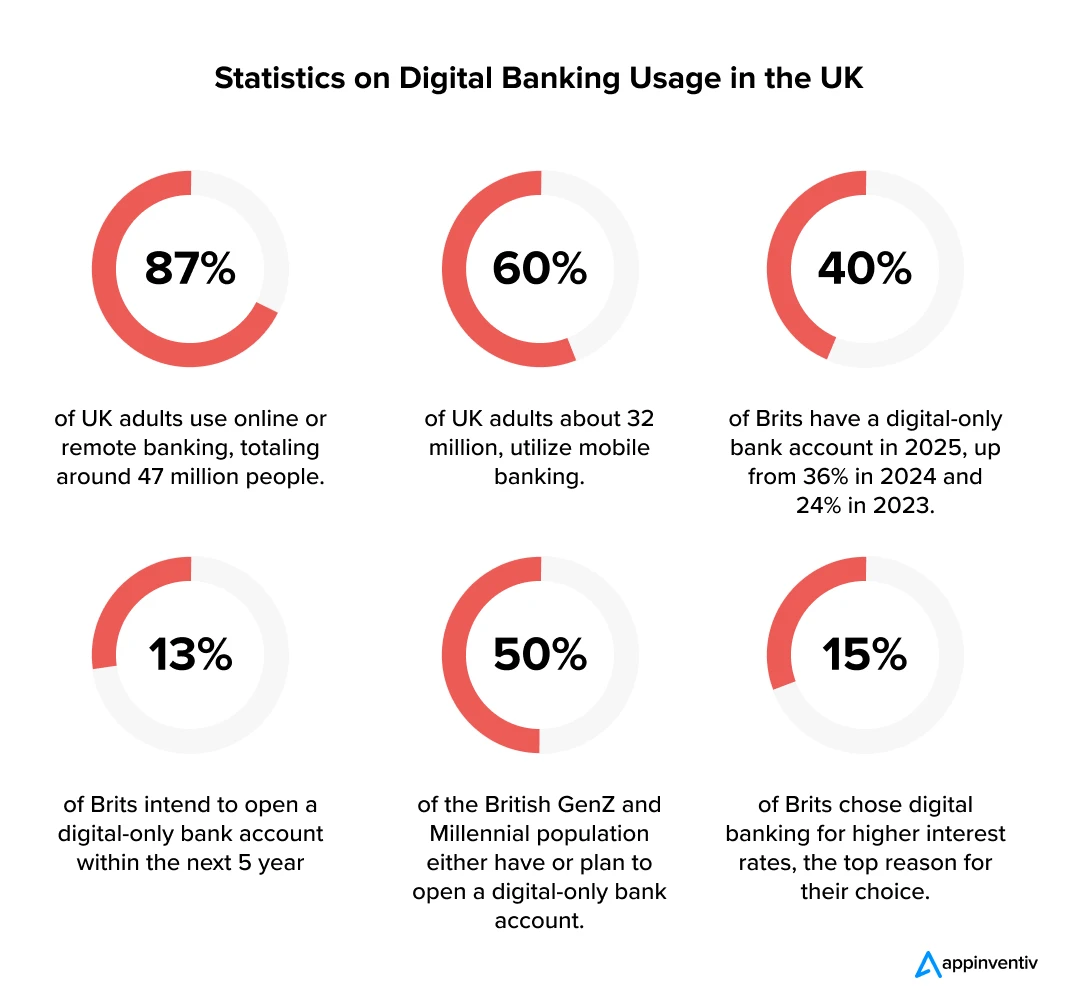
Technological Innovations in Mobile Banking
- Artificial intelligence (AI) is now used by 68% of global banks in 2025 to power chatbots, automate customer service, and deliver AI-driven financial planning tools, improving efficiency and customer engagement.
- Voice banking adoption has risen to 43% in 2025, with Gen Z and Millennials leading usage. Voice-enabled transactions, balance checks, and spending summaries are now commonplace.
- Blockchain integration in mobile banking platforms has expanded to 28% of systems in 2025, primarily for secure identity verification, smart contracts, and fraud prevention.
- 5G technology has improved mobile banking transaction speed and user experience by 46% in 2025, facilitating faster biometric authentication and real-time payments.
- Cloud-based banking is now deployed by 78% of financial institutions globally, enabling faster rollouts of new features, enhanced uptime, and greater scalability of digital services.
- Personalized banking services, driven by AI and big data analytics, now reach 66% of mobile banking users, offering custom savings plans, credit offers, and investment insights based on real-time behavioral data.
- Wearable banking app usage has grown to 54% in 2025, especially via smartwatches, as users seek seamless, hands-free banking access for everyday transactions.
Security Challenges and Fraud Detection in Mobile Banking
- 53% of US consumers in 2025 still cite security concerns as a key issue in mobile banking, despite growing adoption of real-time fraud prevention systems.
- Mobile banking fraud cases rose by 28% globally in 2025, as cybercriminals increasingly exploited real-time payments and deepfake technologies for financial scams.
- Biometric authentication helped reduce fraud by 31% in mobile banking in 2025, with over 80% of global users now accessing banking apps using fingerprint or facial recognition.
- Multi-factor authentication (MFA) is now used by 85% of mobile banking apps worldwide, making it one of the most widely adopted consumer-facing security protocols in 2025.
- Phishing attacks targeting mobile banking users surged by 21%, driven by more personalized and AI-generated scam messages across SMS and messaging apps.
- AI-powered fraud detection tools successfully blocked or flagged 78% of fraudulent transactions in mobile banking in 2025, driven by behavioral analytics and real-time anomaly detection.
- Cybersecurity investments by banks rose by 24% in 2025, with institutions prioritizing endpoint protection, real-time monitoring, and customer education programs.
Recent Developments in Mobile Banking
- Cross-border mobile payments have experienced a projected annual growth rate of 5% through 2027, driven by consumer demand for faster and more efficient transaction methods. Digital wallets have become the preferred method for international transactions, with 42% of consumers across countries like the U.S., U.K., Singapore, and Saudi Arabia favoring them for cross-border payments.
- Real-time payments via mobile banking apps have seen significant adoption, with projections indicating that instant payments will constitute 16% of the global payments mix by 2027, increasing to 22% by 2028. Additionally, between 70% and 80% of all financial institutions are anticipated to have real-time payment reception capabilities by 2028.
- Digital currencies are becoming more integrated into mobile banking platforms. The global digital currency market is projected to grow at a CAGR of 21% from 2023 to 2028, driven by increasing adoption of cryptocurrencies, the rise of decentralized finance (DeFi), and growing institutional investment.
- Open banking regulations continue to evolve, with the European Union’s PSD3 and PSR expected to be finalized in 2025. These regulations aim to reinforce consumer rights and safety, improve open banking, and promote competition. Key changes include enhanced fraud prevention measures and standardized APIs to facilitate easier access to customer data.
- Buy Now, Pay Later (BNPL) services have grown substantially, with the market projected to reach $3.7 trillion by 2030. Younger consumers, particularly Gen Z and Millennials, are leading the adoption of BNPL services, with usage among Gen Z adults expected to rise to 47.4% by 2025.
- Sustainable finance options, such as carbon footprint tracking and green investments, are gaining traction. While specific adoption rates in mobile banking platforms are not detailed, the trend reflects a growing demand for environmentally conscious financial services.
Conclusion
Mobile banking is no longer just a convenience, it’s the future of financial services. With global adoption rates surging, technological innovations like AI and blockchain driving new features, and neobanks disrupting traditional banking models, the landscape of banking has changed forever. As we look ahead, mobile banking is poised to offer more personalized, secure, and accessible financial solutions, with challenges like fraud detection and security concerns remaining critical areas of focus. The trends suggest that the digital-first approach to banking will continue to grow, reshaping how consumers interact with their finances for years to come.
Hover or focus to see the definition of the term.


